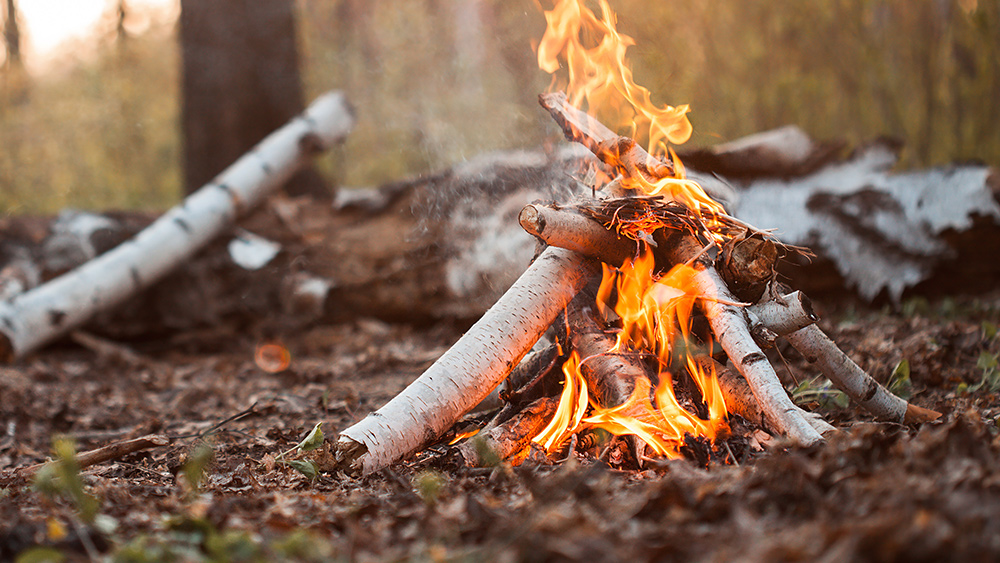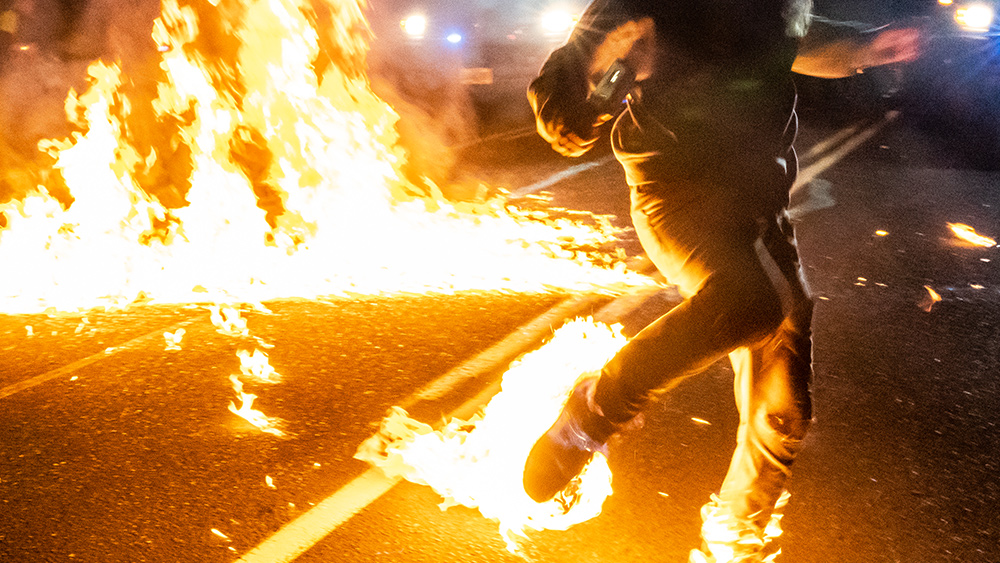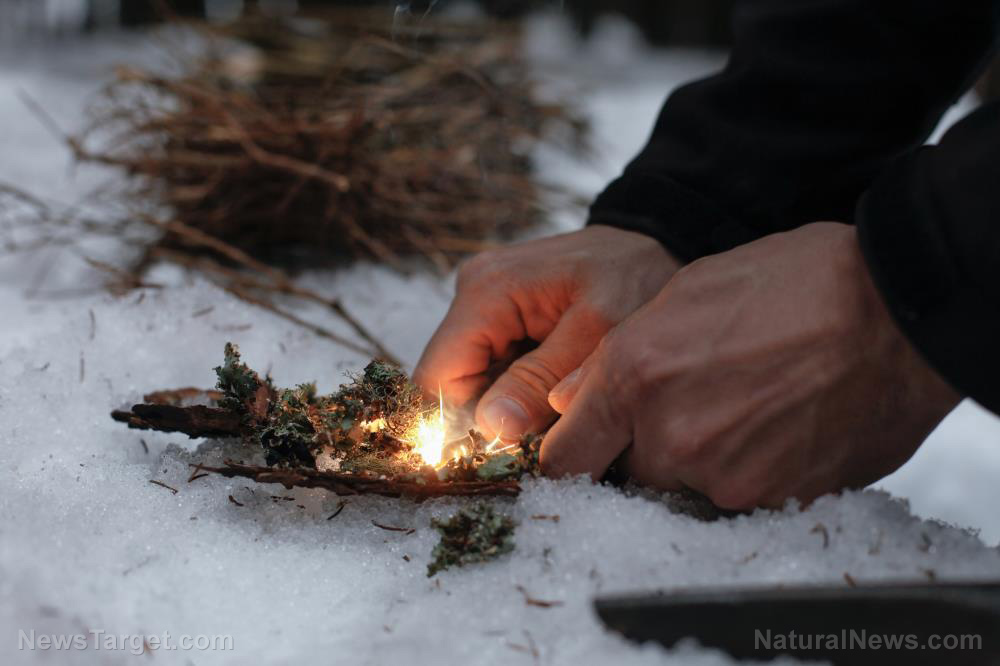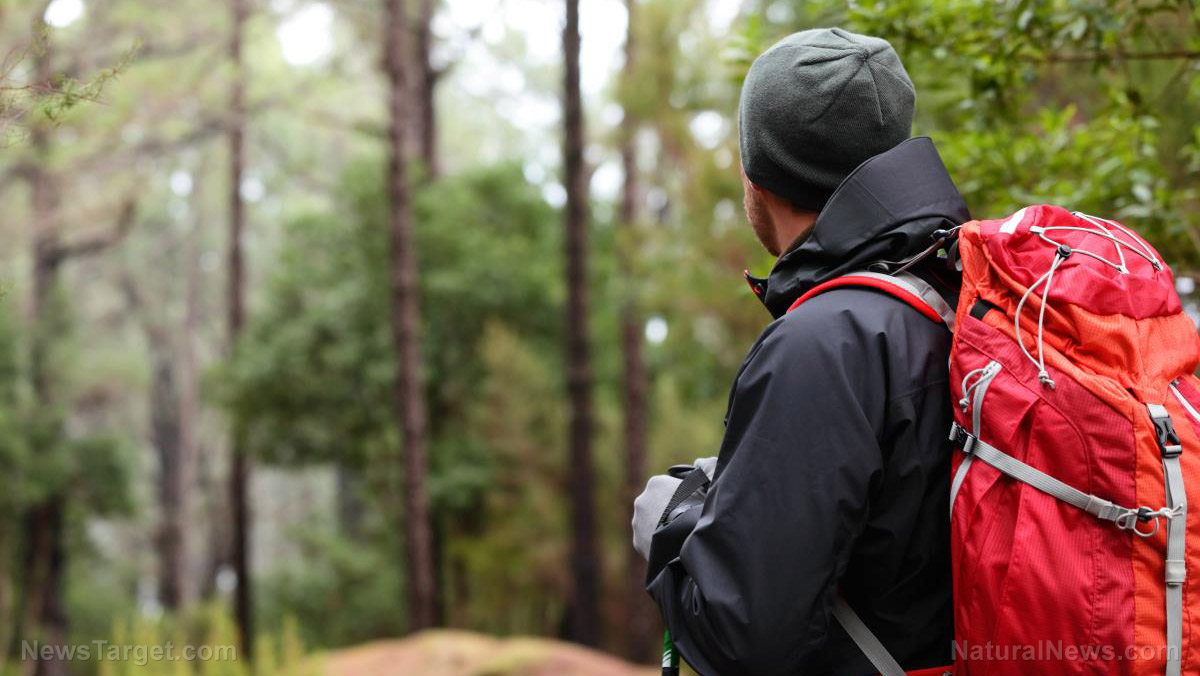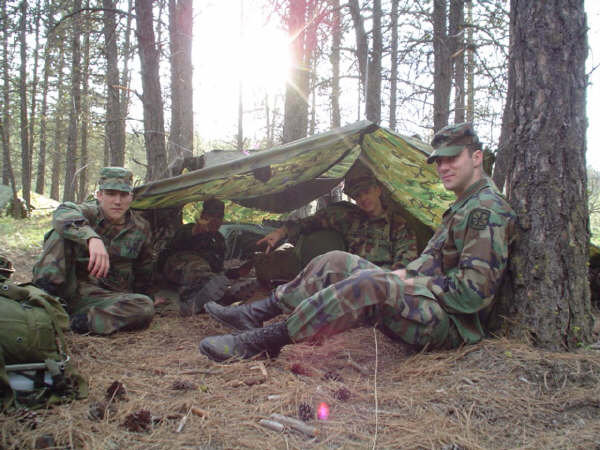
When you're in the wilderness to hunt or evade an attacker, knowing how to camouflage yourself can help improve your chance of survival.
There's more to camouflage than just wearing a camo outfit and hoping your prey doesn't see you. To successfully camouflage yourself, you need to know how to make it hard for anyone else to see, hear or smell you. (h/t to Survivopedia.com)
Read on to learn how to deal with the senses of your prey or attacker and how to become invisible using camouflage tips.
Vision and movement
Vision is the primary sense that helps animals or another person detect you. Most of the time, your movement will help them pick you out of the environment.
Movement is also the first noticeable thing, before shape or color. After movement, the shape of surrounding things, or if something looks out of place, is the next thing another person will notice.
To evade capture when SHTF, camouflage yourself and your equipment. You can do this by trying to mimic other items in your environment, like a bush or a tree, or trying to look like nothing.
Use camouflage patterns that combine a color pallet of your environment with different patterns that replicate tree barks, foliage and other patterns specially designed for the environment and season you're dealing with. This kind of camouflage works best if you are sitting, standing still or leaning up against what you are trying to imitate.
This type of camouflage won't work as well if you're on the move or not standing in front of what you are trying to look like.
If you try to move across an open field or if your background has a different color palette than one of your camouflages, your pursuer will immediately spot you.
To look like nothing, use disruptive camouflage patterns with two distinctive features.
- A light background with certain dark elements on it, depending on the environment. This will create the illusion of depth.
- Use high contrast colors with different shapes overlaid on the pattern that will break up your outline. This will break your overall shape and make you blend in with the surrounding environment. Try to use an abstract shape that looks like it’s part of the landscape.
Alternatively, you can obstruct your opponent's vision by creating a barrier between yourself and your them. Do this by putting something in front of you that conceals your presence and allows you to observe everything happening in your field of view.
This advantage will help you act accordingly, like if you need to take a shot or retreat elsewhere. Some bushes can also give you a tactical advantage. (Related: How to make an invisible shelter looters can't find.)
You can make camouflage patterns using store-bought items, but it's better to learn how to improvise with what's in your environment. You can also paint your gear or use colored tape and markers to camouflage your tools and weapons.
Whatever method you choose, you need to know how to use a palette of colors that match those in your environment.
- Arid climates – Use tans and browns.
- Forests – Use brown, black and green.
- Urban environment covered in snow – Use white and grey.
- Winter environment in the wild – Use green, gray and white.
Hearing and keeping your gear quiet
Hearing is one of the long-range senses that can help you become more aware of your surroundings. If your vision is impaired when SHTF, you can still use your hearing to figure out what's happening.
You might even hear danger long before you can see it. Both humans and animals use vision and hearing as the primary senses for detecting danger.
The human brain is programmed to alert your and trigger a fight-or-flight response when you hear a sound that's out of the ordinary, like the sound of a broken window in the middle of the night.
To defeat your opponent's sense of hearing, here's what you need to do:
- Pay attention to how and where you walk. Walk carefully in clear areas to avoid anything that might create noise when you step on it, like branches or loose rocks.
- Always wear soft clothing that won’t make a scratching sound if you brush against something. Choose a soft material like wool or polyester fleece clothing.
- Prep your gear to avoid making unnecessary noise once you're on the move. Use large rubber bands, tape or pieces of inner tube to hold things together and keep them from rattling. If you need to carry cans and other items that will rattle inside your backpack, use clothes, rags or other fabrics to create protective and soundproof layers between the items in your bag.
- When traveling in a group, avoid talking out loud. Keep noise to a minimum and whisper quietly or use hand signals to communicate.
Smell and odor trails
Did you know that you leave scents and odor trails behind?
When SHTF, you use your sense of smell for situational awareness. But you need to know how to erase signs of your passing so an animal that you're hunting can't use its sense of smell to distinguish your body odor or the scent of your equipment.
To defeat your opponent’s sense of smell you need to take measures to minimize your chances of being smelled by someone:
- Don't smoke if you're hunting prey.
- Don't wash your clothes with laundry detergents and fabric softeners that have a specific scent and leave fragrance traces behind. If you're going hunting, use a homemade lye soap that has very little odor to wash your clothes.
- Use lye soap to wash yourself or buy scent-free cleaning products and toiletries.
- Fill your car one or two days before you have to leave for your hunting trip. The gasoline vapors will stick to your clothing and shoes, and they can give away your location even if you don't notice the scents.
- Don't cook and eat near your hunting grounds to avoid leaving behind different odors that can be smelled by animals.
If you can't mask your smell, use a scent eliminator spray to mask scents for up to a day.
If you're heading out to hunt or trying to evade capture after disaster strikes, conceal your presence by making it hard for your opponent to see, hear or smell you. Wear camouflage clothing when hunting, paint your gear so it doesn't stand out and avoid talking out loud so you can remain "invisible" when SHTF.
Sources include:
Please contact us for more information.















